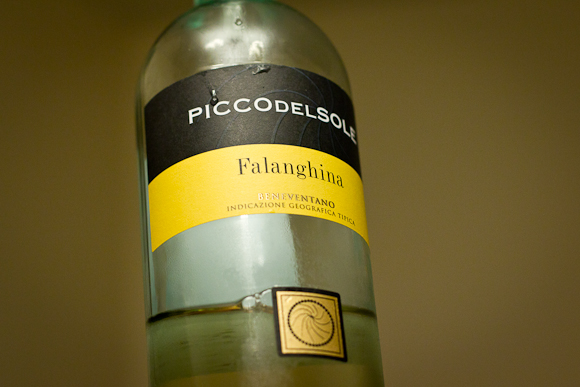… is exactly the kind of dry white wine with which you’d want to slake your dusty thirst after half an hour’s bypass-trudging

And so I made my aching, slow way — beetle-like, beneath a beating sun — cars and buses roaring beside me as I clung to the narrow verge with its grey, dusty grass. Along the bypass.
Bypassing nothing.
There are whole stretches of this world that we are never expected to see from certain angles. The denuded backsides of highstreet shops, for instance, glimpsed voyeuristically through rarely-opened delivery gates. Laced with dark varicose veins of piping that give the lie to their gilded plastic frontages.
Just so with this bypass. This place of transit, designed (like piracy warnings on a VHS) to be absorbed at fast-forward — but now viewed through the slow, unexpected eyes of a pedestrian.
The insistent thrum and shudder of passing cars, beating out You should not be here. This is a place of vehicles. What right have you? Why are you here?
And what sinister explanations might have troubled the minds of those motorists as they passed this figure, shambling, alone? What did they imagine might lurk within the bag he hoisted from shoulder to shoulder?
What was this Bypass Wanderer’s heavy burden?
***
Three bottles of wine and a ludicrously, masochistically large number of tins of assorted beans, it turns out.
Because, yeah, I went to Big Sainsbury’s. On foot. Like a fucking idiot.
The question on your lips (that is a question I can see there, isn’t it? Not some kind of cold sore?) is, I suppose: was the odyssey worthwhile?
On the strength of the selection of wines on offer — emphatically not. My mission, y’see, was to hunt down examples of out-of-the-ordinary supermarket wines. Of these there were scandalously few. Bad show, Mr Sainsbury, bad show. And yet — on the strength of Sainsbury’s Taste the Difference Gruner Veltliner — it turns out my travails were not in vain.
(Also, I now have many different types of tinned bean.)
What’s more, it turns out that Sainsbury’s Taste the Difference Gruner Veltliner is exactly the kind of wine with which you’d want to slake your dusty thirst after half an hour’s bypass-trudging.
It’s got the qualities I want in a summer wine: bracing, lightish, dry — but rounded (none of that mean-spirited, thin-in-the-mouth stinginess). There’s an appley sort of bite to it: fruits and spice and pepper. An appetising edge of bitterness and a very pleasant silkiness in the gob.
What’s more, it’s relatively keenly priced.
So — whilst Big Sainsbury’s wine selection was, overall, pretty much as unremarkably barren, unimaginative and bereft of variety as my journey there and back — it turns out that if you walk slowly enough, even the most uninspiring of places may reveal a hidden delight.
Rating ??? (3 stars: good)
ABV 12%
Price £7.99 from
Sainsbury’s
 So, from those spunky folk at Naked Wines, here’s a pleasant young wine. You’ll get on nicely, I reckon. Very gentle and soft, you know? Peachy, scented, a smidge of sweetness. Ever had Gewurtztraminer? This is a bit Gewurtzty.
So, from those spunky folk at Naked Wines, here’s a pleasant young wine. You’ll get on nicely, I reckon. Very gentle and soft, you know? Peachy, scented, a smidge of sweetness. Ever had Gewurtztraminer? This is a bit Gewurtzty.













